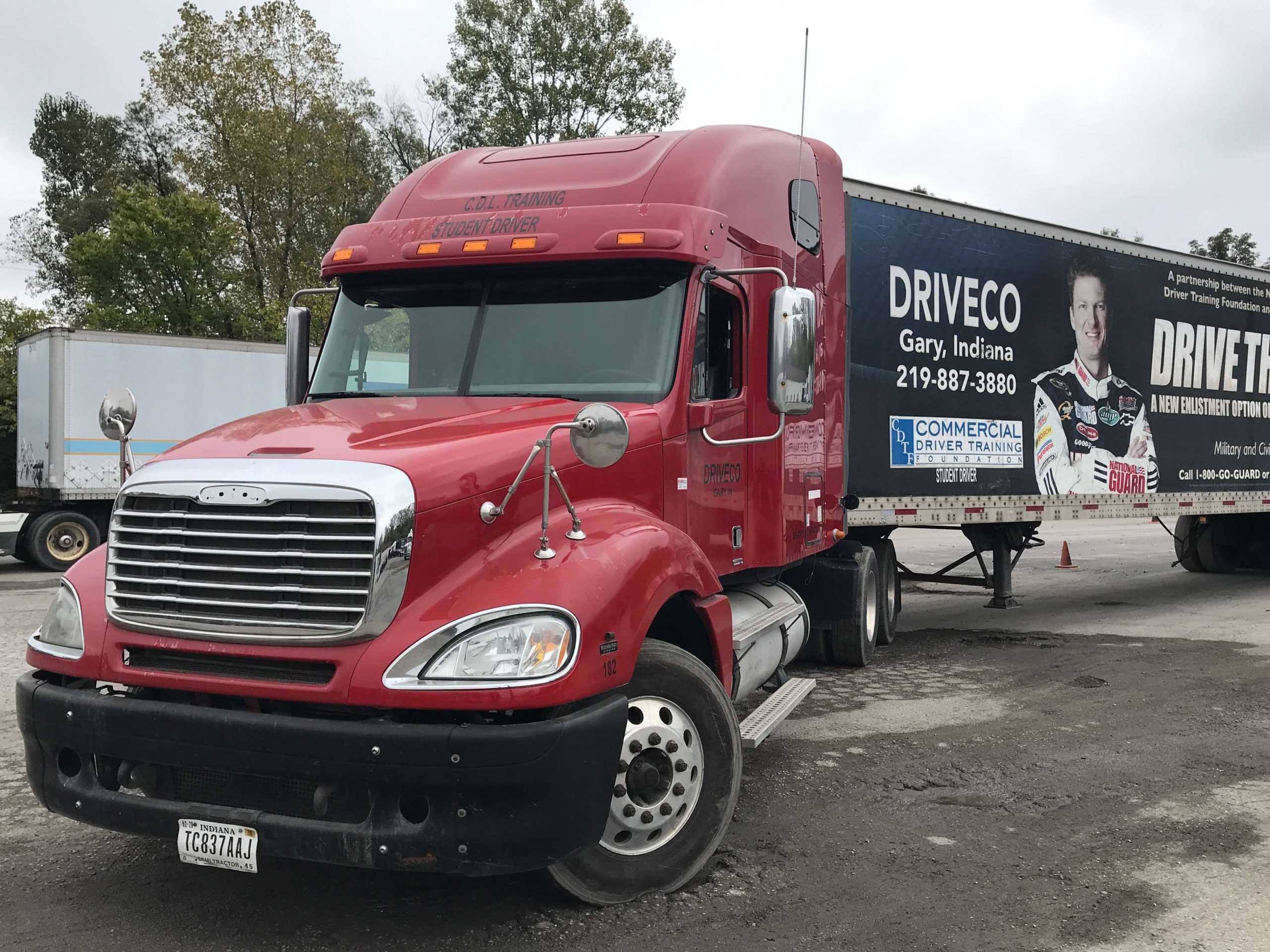Updated November 2023
Earning your CDL can open the door to a world of possibilities and many job opportunities. As the demand for truck drivers increases each year, new drivers entering the field can expect to earn higher wages and experience more growth within the industry. As opportunities increase, drivers are looking to earn a median salary of $49,920 per year, increasing based on their style of trucking. Before starting a career in trucking though, it’s important to learn the differences between each type of driving so you can be sure to pick the one that’s best for you.
Over-the-Road (OTR) Trucking
Also known as long-haul trucking, over-the-road trucking is the most common type of driving. While this driving style can put you on the road for extended periods of time, it’s also the highest-paid position in the industry, with a median salary of $108,280 per year.
Because these drivers are on the road for days and weeks at a time, they typically carry fewer loads further distances, which allows them to see every corner of the country. Along with this, many OTR drivers will choose to team drive, giving them the chance to put in more miles and earn more money.
While OTR trucking has its perks, a downfall to this type of trucking can be the consistent shifting of time zones and climates as well as being away from home and loved ones. Due to this, it’s imperative that these drivers are ready for anything and can stay connected while on the road.
Regional Trucking
Unlike OTR, regional drivers typically have a planned route that they run every day, week, or month. These routes are more specific to regions like the Midwest or Northeast, broken up into 1,000-mile radiuses. While they may be on the road overnight, these trips are still shorter and pre-determined, allowing them to spend more time at home, giving them a better work-life balance. However, due to spending less time on the road, these drivers earn slightly less, with an average salary of about $100,560.
Regional truck drivers are often in charge of delivering commercial products to factories and manufacturing facilities as well as shipments to warehouses and retail outlets. Occasionally, these drivers operate charter buses, taking passengers on trips or sightseeing tours. These set routes give them the opportunity to develop relationships with regular customers, making the job more enjoyable.
Local Trucking
As with regional trucking, local drivers often have specific routes that they drive every day, including small package deliveries, full loads to retail outlets, and local transit bus routes. These shorter trips are generally within the same city or an approximate 100-mile radius.
Since local drivers don’t leave their designated areas, instead making several smaller stops throughout the day, they may encounter other obstacles, such as traffic and construction, making their day-to-day trips time-consuming and stressful.
Local trucking can be appealing and comes with the benefit of working an 8-10 hour work day and being home every night, but as these drivers cover fewer miles, the median pay is less than both regional and OTR trucking at $60,924 per year.
When deciding which driving style is right for you, it’s important to examine all the aspects. If you’re looking for a career that allows you to travel and see the country, OTR may be for you, but if you have a lifestyle that requires you to be home every night, regional or local trucking may be better options. No matter what your needs and wants are, there’s a trucking style made to fit them. As the need for drivers increases, the starting wages are getting better and better, making this a great time to earn your CDL.




